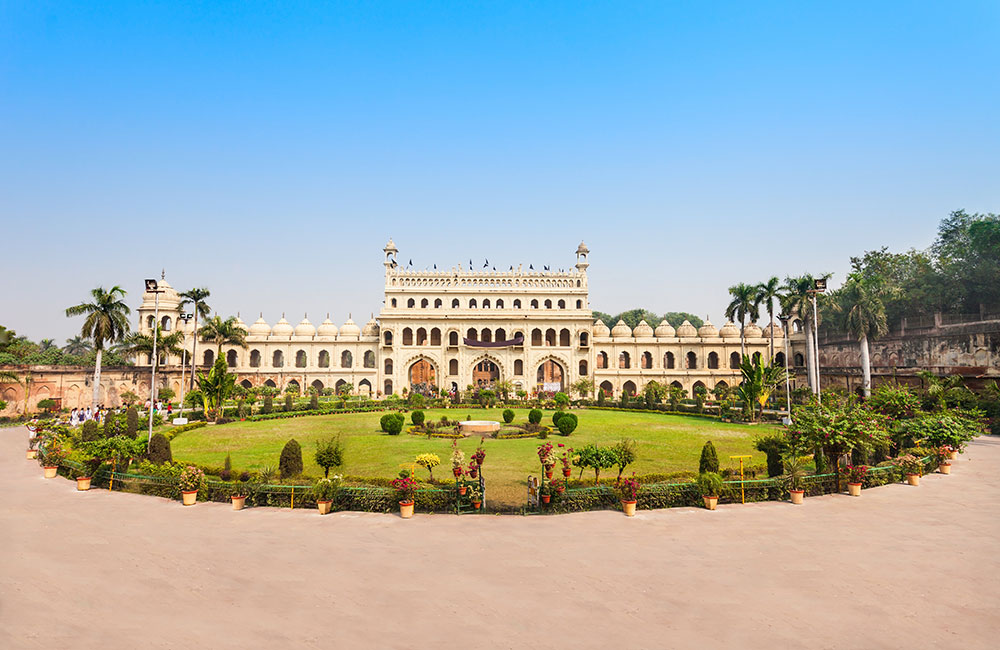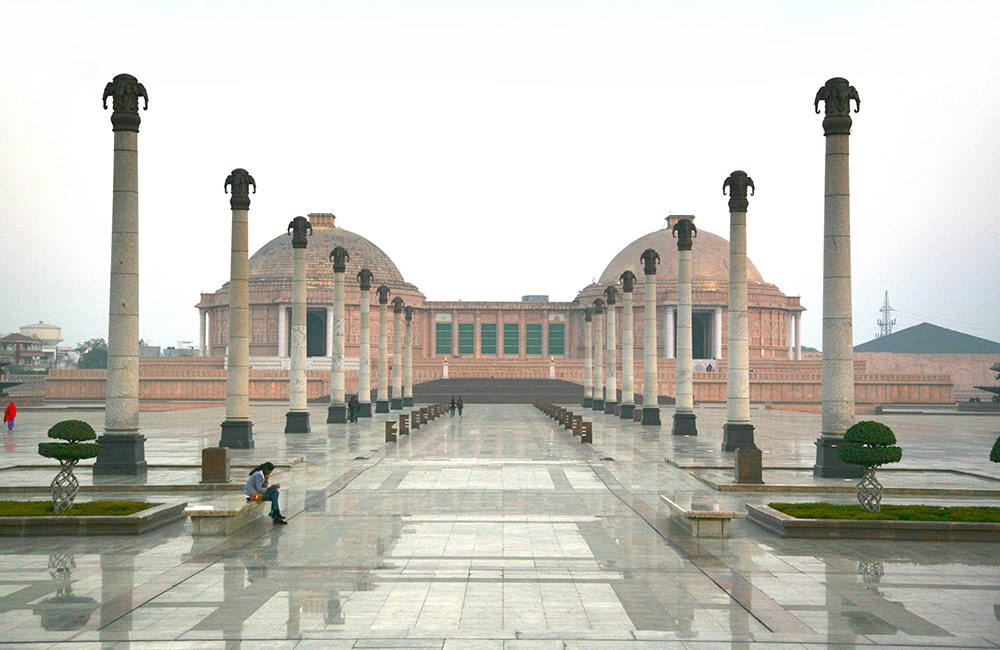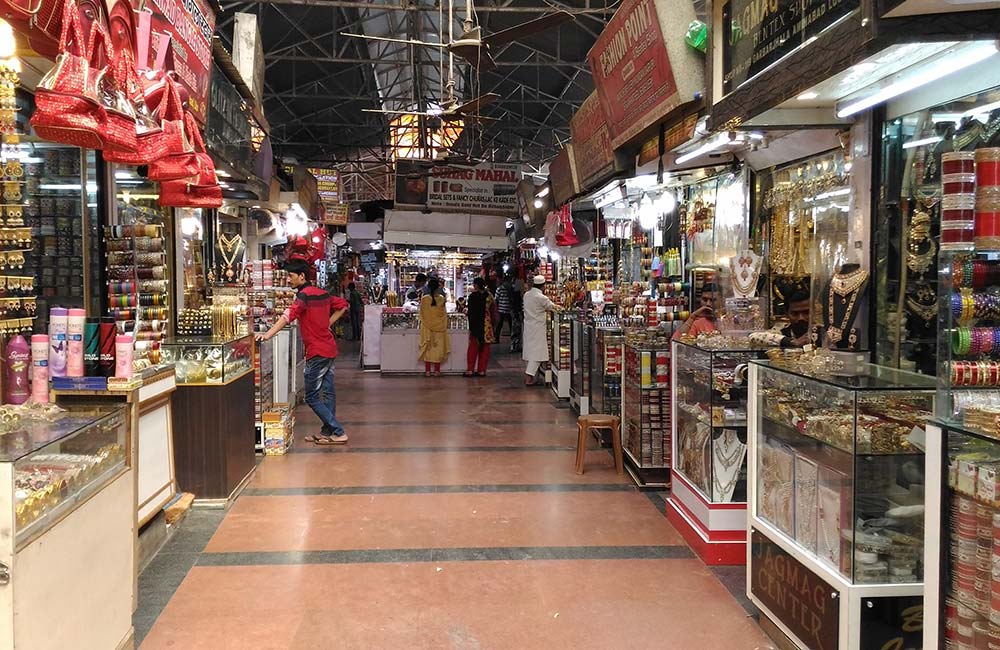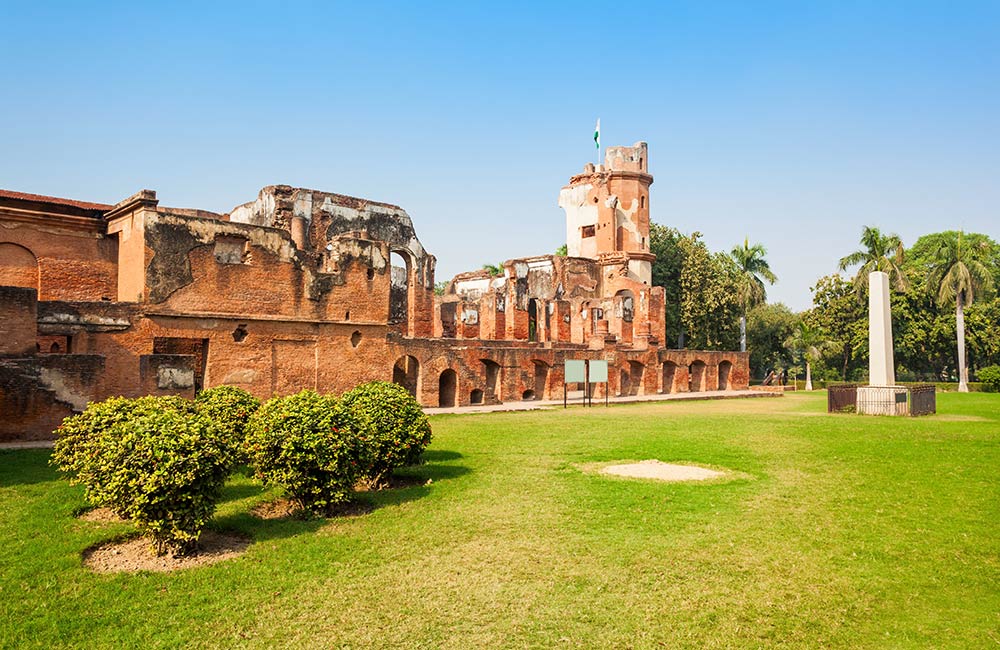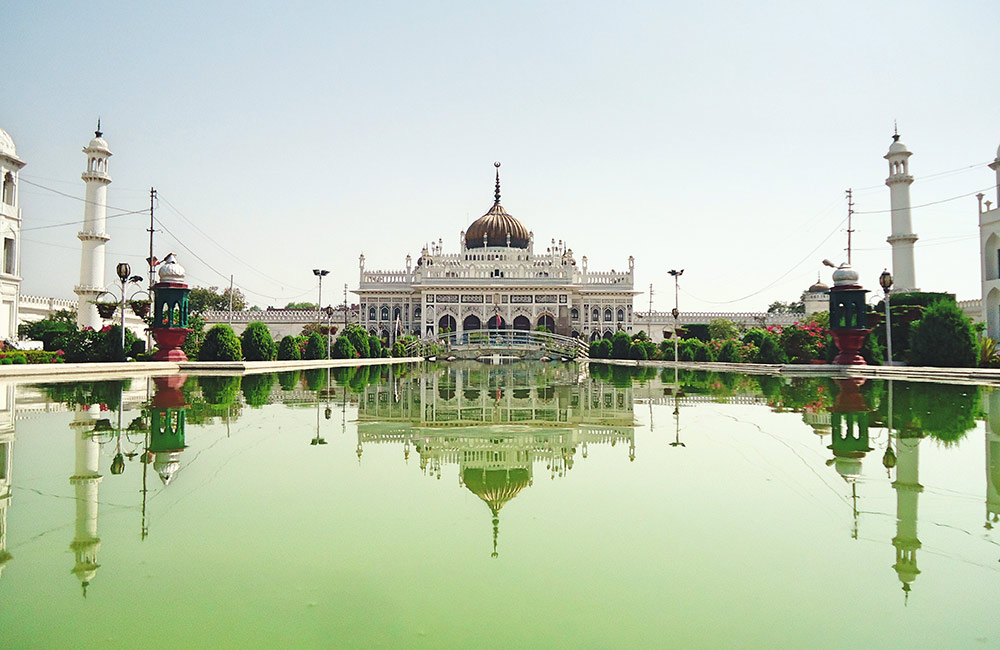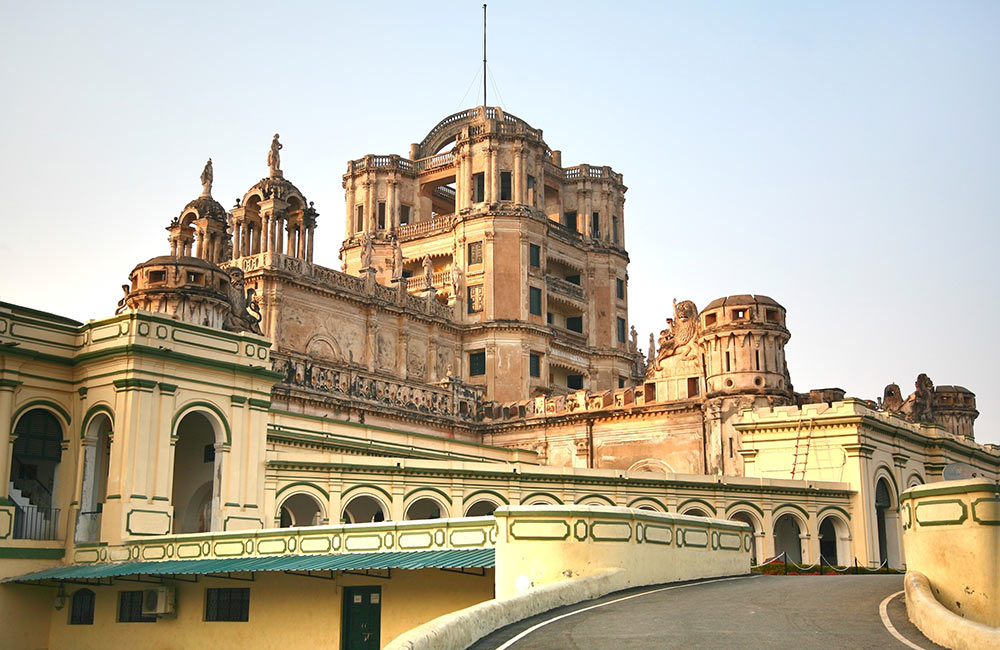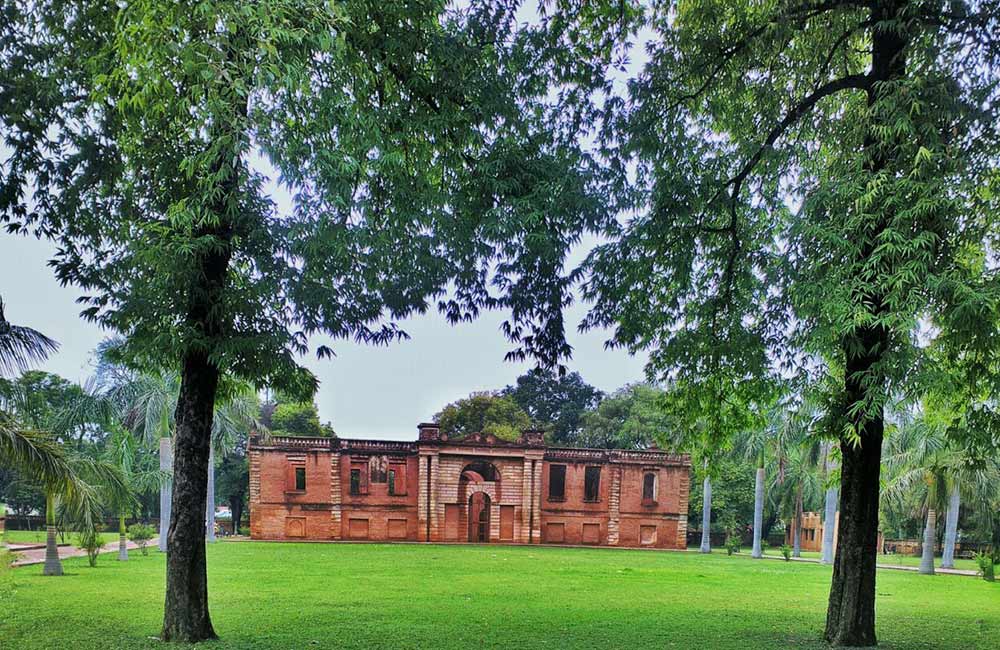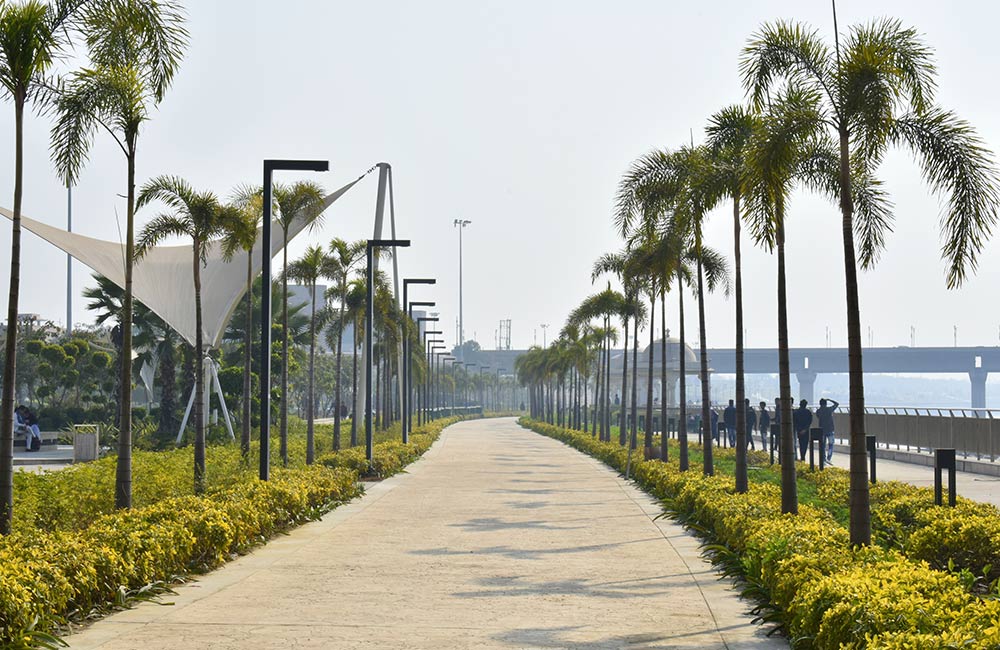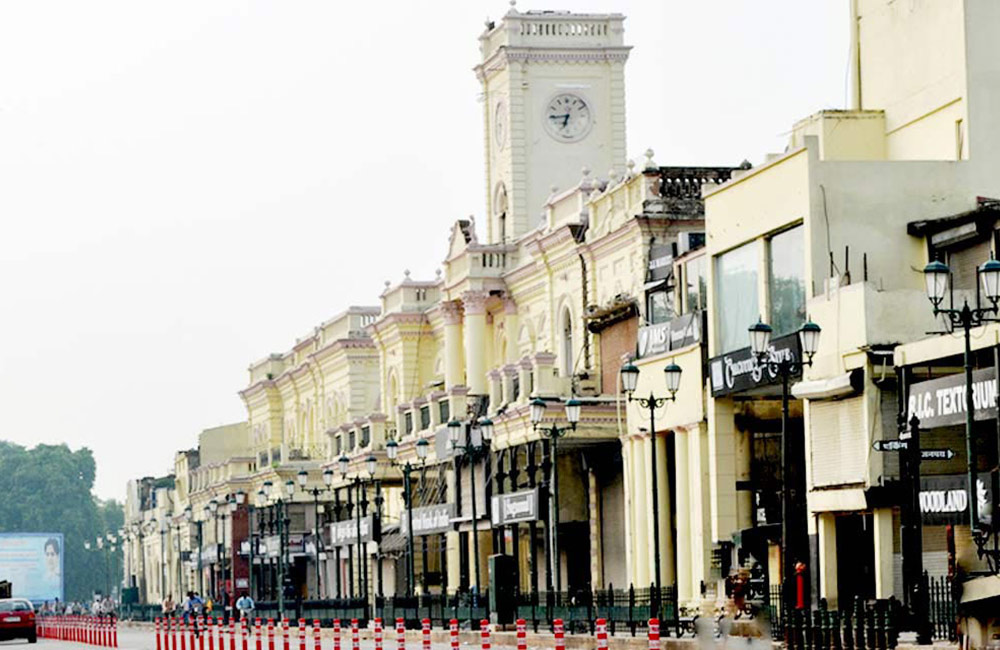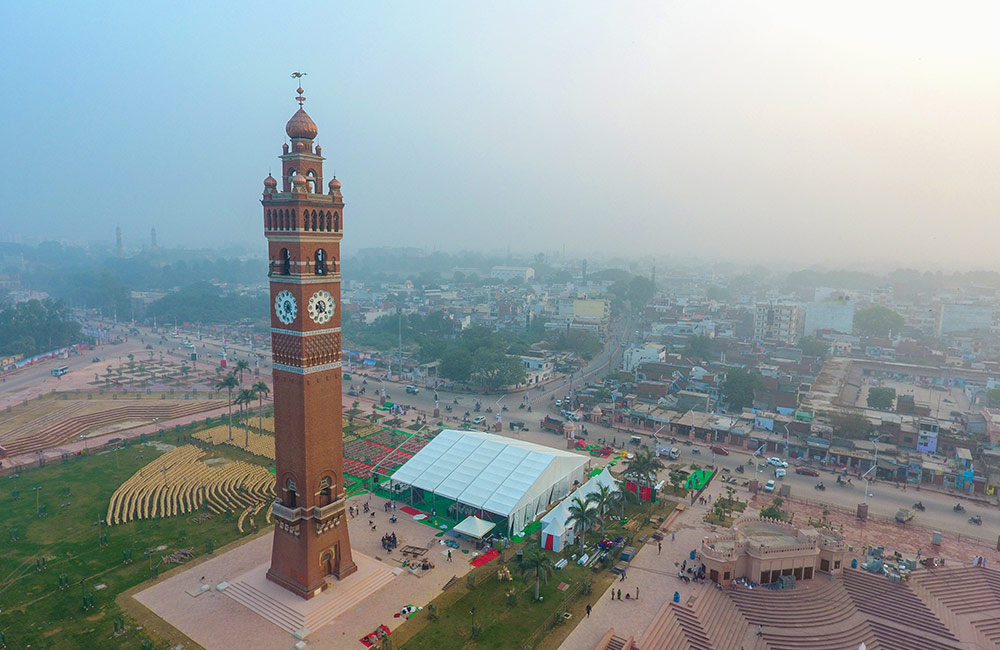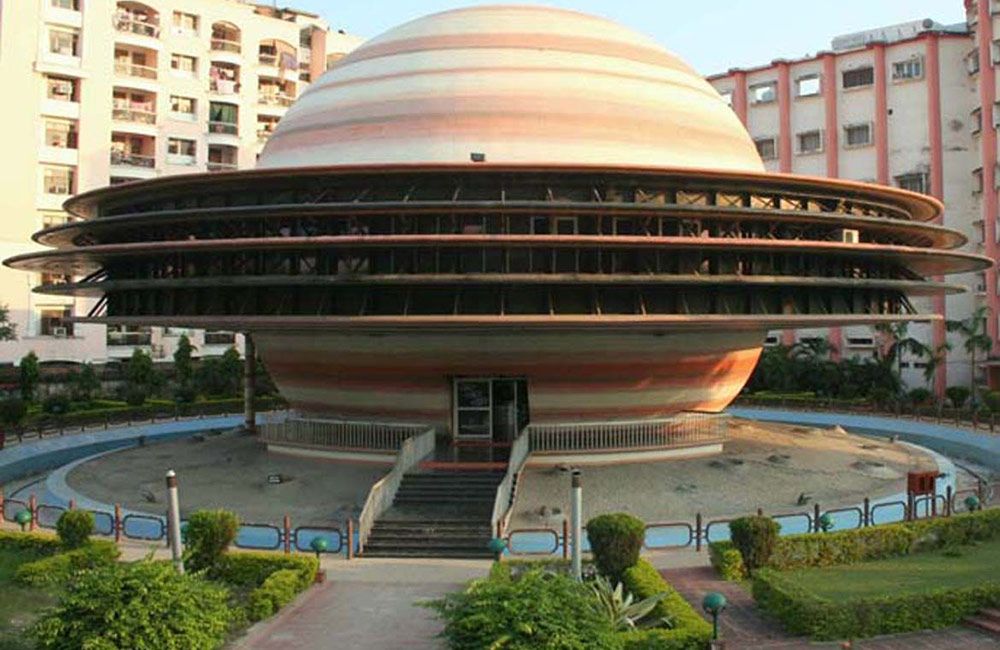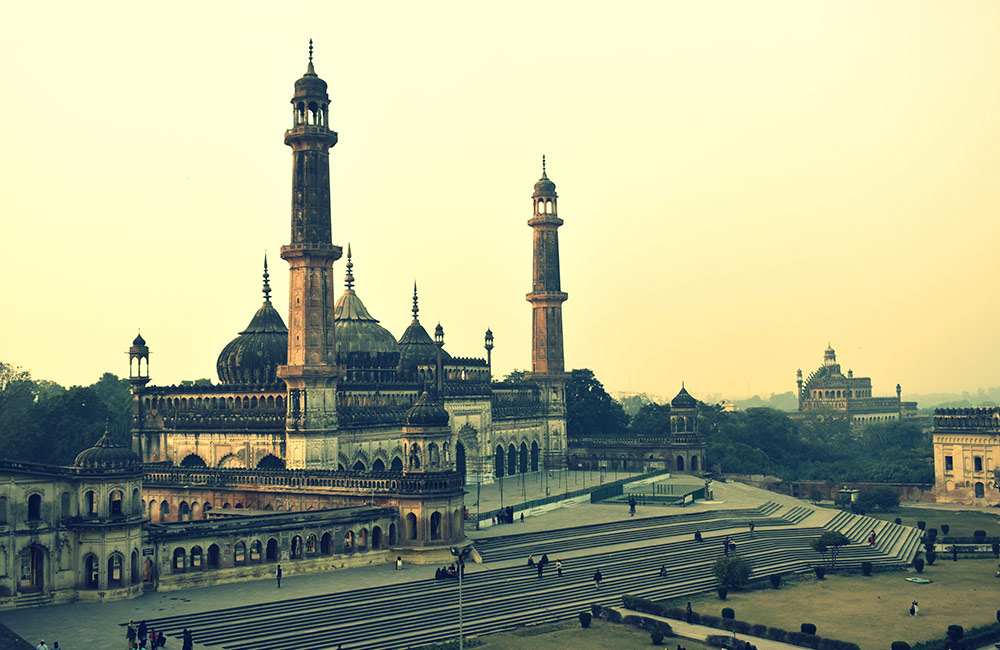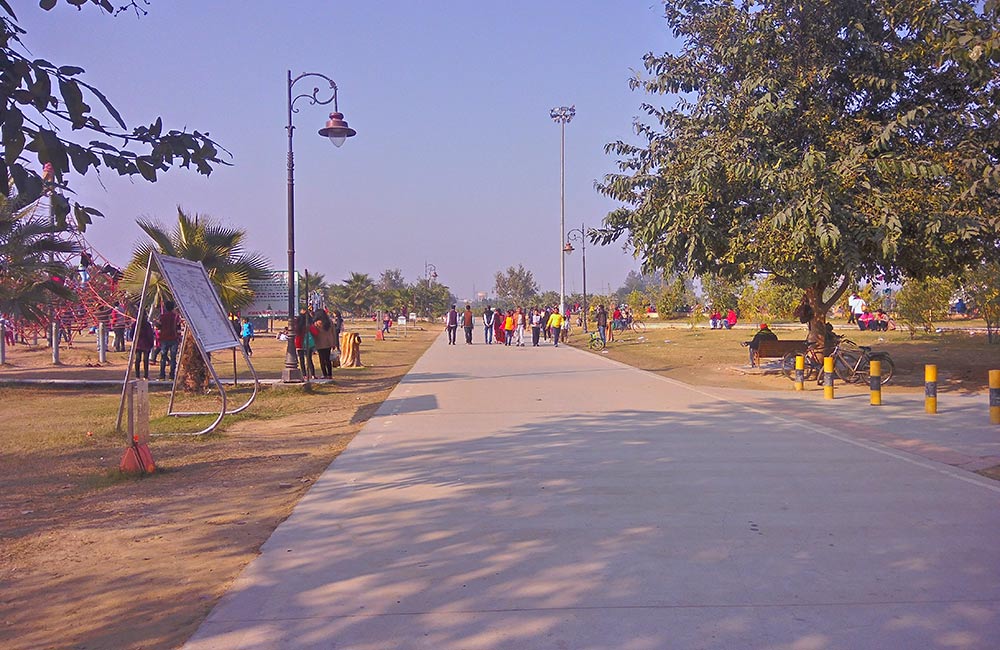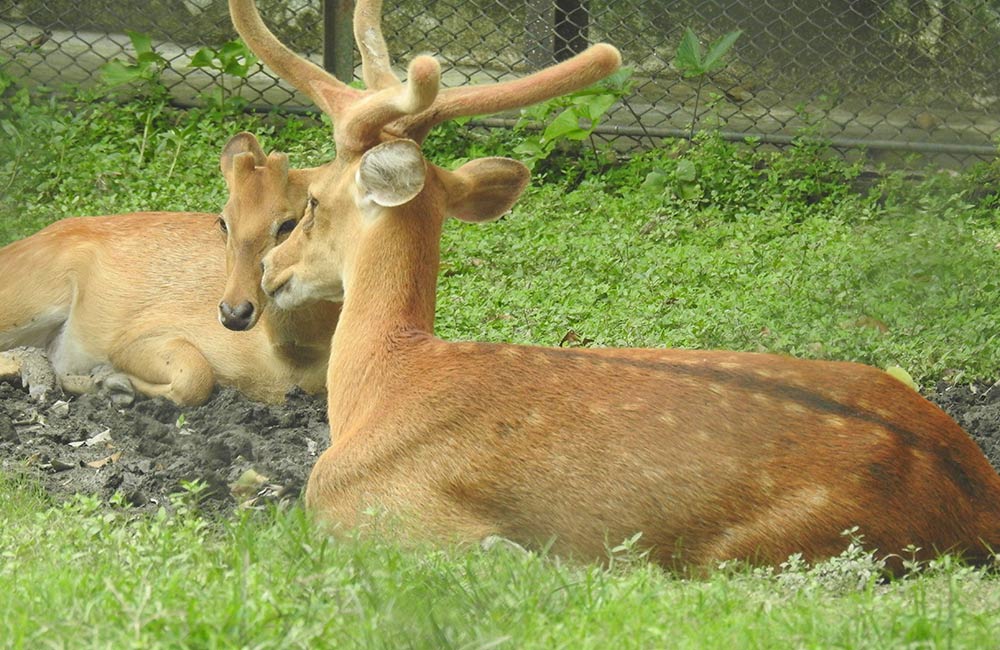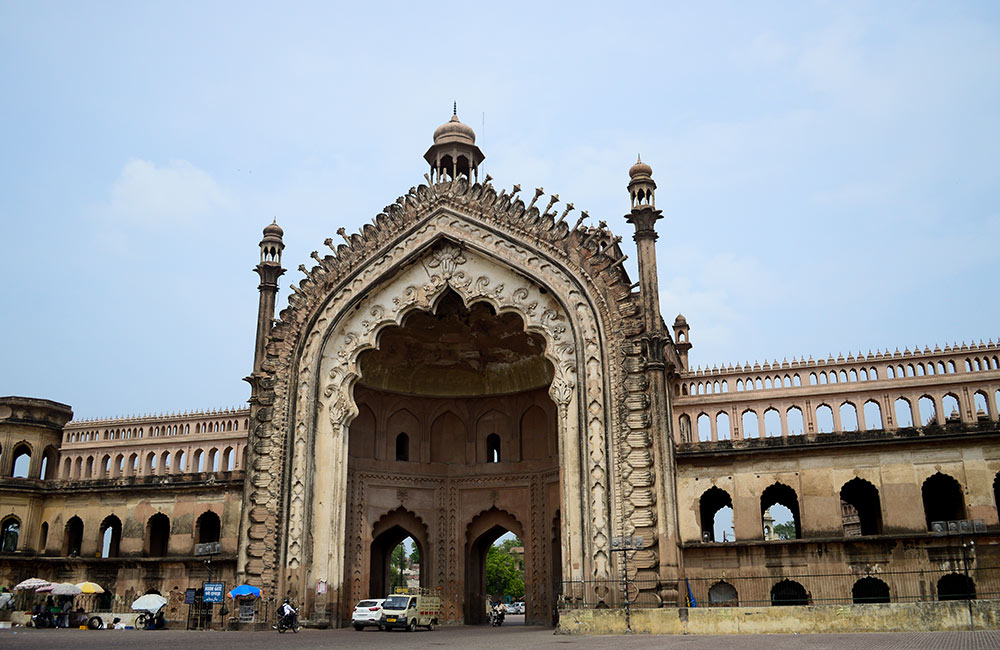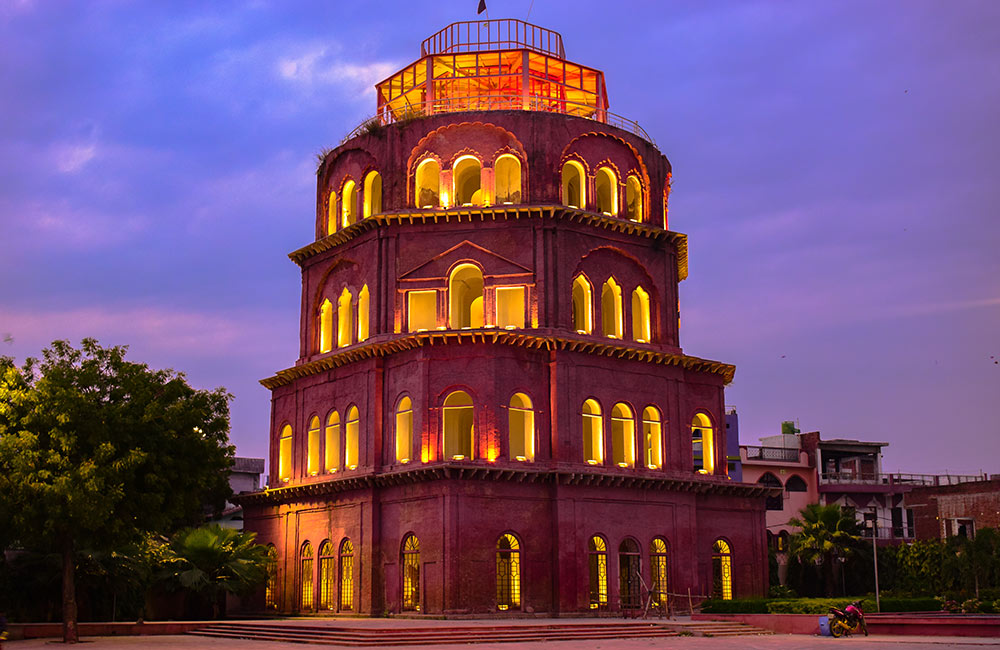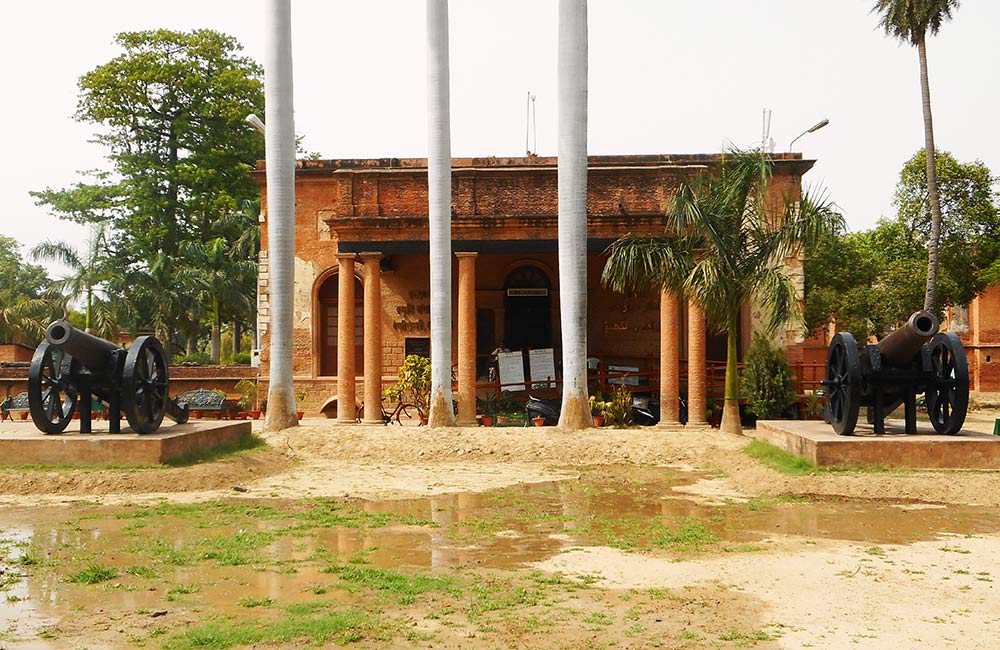About Lucknow
Lucknow, the capital of Uttar Pradesh, thrives along the banks of Gomti river. The city, Awadh and Uttar Pradesh fell to the British during the imperialistic era . Today Lucknow is dotted with remnants of its rich cultural past. Lucknow is also known for its elaborate cuisine and Chikankaari, or exquisite shadow-work embroidery on fine muslin cloth.
Lucknow is a historically important city and for many centuries was at the heart of North Indian culture. In particular, the city was famous for its Adab and Tehzeeb (manners and hospitality), intricate embroidery, beautiful gardens and dance forms such as Kathak. It was also one of the sites of the 1857 Indian Mutiny (or First War of Indian Independence). The Hindi spoken in Lucknow is considered the most beautiful and gentle in the country. Currently the city has a population of around 3.6 million.
Lucknow is the heart of the art, cuisine, dance, culture and music of Northern India. It was the cradle of the Hindu-Muslim-Sikh symbioses that made India great. it brought in the best of various cultures and accepted Western institutions like La Martiniere in her womb. It was made famous by the soft-spoken, and sweet tongued, Awadh-Lucknowai culture that was based on civilized behaviour toward fellow human beings. Lucknow is the home of Urdu, Hindustani and Hindi languages. The city became known as a centre for Urdu poetry and courtly presence and diction, being the birthplace and city of residence for many poets. The Mushaira, an event of poetry recitation forms the heart of Lucknow's nightlife where Mushairas go on into the wee hours of the night. Lucknow's only rival in Northern India was Delhi, though Lucknowies were always embroiled in a healthy rivalry with Delhi, home of the famous poet Ghalib and others. Lucknow is also famous for its sweetmeat, the sweet shops in the old city dates to 1850s. Awadhi and mughlai food is the delight of the visitors to Lucknow.
Geography and Climate
Lucknow, much like the rest of the area from Amritsar to Patna, features a humid subtropical climate. Winters have high temperature variations, ranging from 7°C (45°F) to 22°C (72°F) and therefore, a visitor should bring all kinds of clothing. The city is occasionally affected by cold spells coming from the Himalayas and near freezing readings are reported almost every year. During an extrordinary cold spell in winter 2012-2013 that affected much of northern India temperatures reached -0.1°C (31.9°F) for 2 consecutive days. The record low is -1°C (30°F). During mid-spring the city is blistering with temperatures as high as 40°C (104°F) in April. The record high is 47.7°C (117.9°F). By the beginning of July is usually when the indian monsoon arrives. This however doesn't lower down temperatures a lot as they still top 34°C (93°F) and in combination with very high humidity the atmosphere becomes extremely unpleasant. The monsoon ends around mid-September but it is still very hot and 30°C (86°F) stop occuring by the beginning of November.
